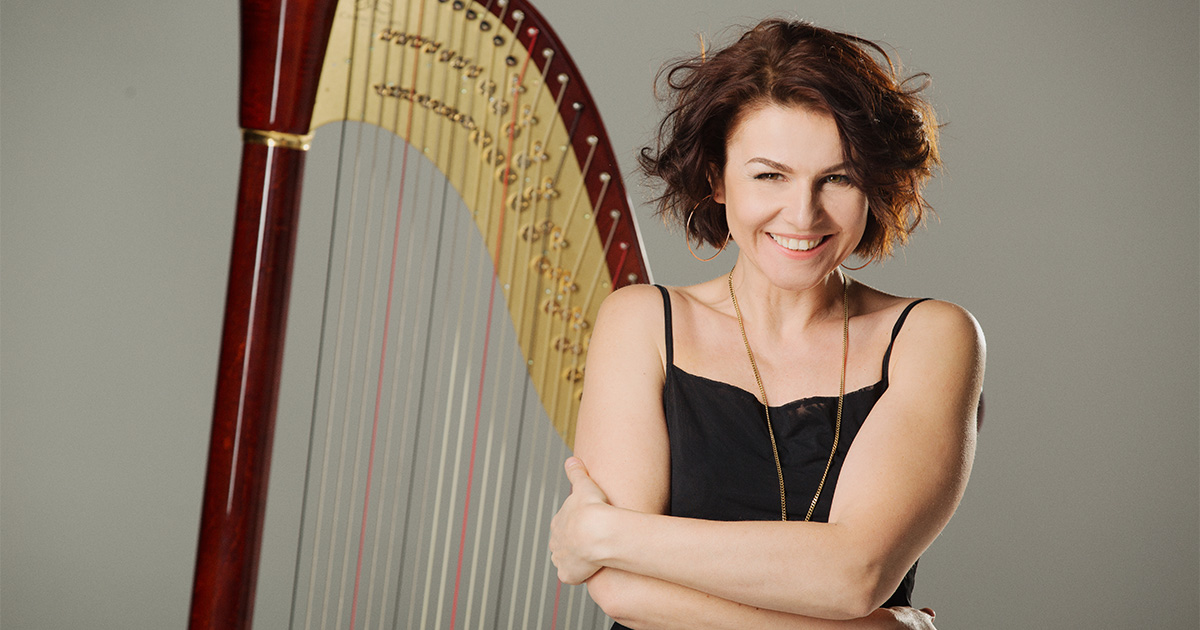

Coltrane, while sounding somewhat like McCoy Tyner, does not have her predecessor’s physical or musical strength,” jazz publication Downbeat said about her “delicate” playing on a late Coltrane album. In a manner that anticipated the sort of vitriol that would be dumped on other spouses of beloved rock stars, like Yoko Ono and Courtney Love, the widow Coltrane was blamed both for the end of her husband’s iconic “classic quartet” and for adding additional instrumentation to his music released in the years after his death. In jazz circles, Alice Coltrane was still maligned and disparaged. I didn’t fully understand the music at first, but I was not alone.

“It’s some of the most beautiful music in the universe,” he raved. He suggested I check out “Journey in Satchidananda,” an album Alice Coltrane originally released in 1971.

I was jazz-initiated, familiar with the likes of John Coltrane and Miles Davis, but not much beyond that. He was a musician who knew about supplements and crystals, recording his own new-age tapes in his spare time. So how did Alice Coltrane ascend to stand alongside her husband and come to represent the Impulse label at its 60th anniversary? It was a process that counted on word-of-mouth evangelism more than favorable critical consensus, which she never experienced in her lifetime.įor me, it started with a guy named Alan, who I first encountered in the vitamin section of Whole Foods Market in the mid-1990s. It’s a turn of events that seemed all but impossible just a few years ago. Released with the blessing of her son, saxophonist Ravi Coltrane, it features a mix of the album he only discovered recently, featuring just her Wurlitzer organ accompaniment and a voice disarming in its immediacy. It was the first (and only) time Alice Coltrane’s singing voice had ever been heard solo on an album, and the bhajans were accompanied by a gauzy array of synths, organs and synthesized strings, seeming to emerge like a voice from a cloud. This week sees her return to the legendary Impulse jazz label with the release of “Kirtan: Turiya Sings,” a slight reframing of her extremely rare 1982 cassette “Turiya Sings.” Originally only available for those who made the pilgrimage to Sai Anantam Ashram, it’s since become a beloved curio on the Internet, uploaded often to YouTube and garnering millions of views. She self-released a small batch of cassettes in the early 1980s and appeared on California television in the 1990s with her public access show, “ Eternity’s Pillar.” (Note: The author contributed to the liner notes in this release.) She instead had transformed into a spiritual guru, going by the name of Swamini Turiyasangitananda, and turned her focus to performing devotional Hindi hymns (or bhajans) for her congregation every Sunday. Only in 2017, when David Byrne’s eclectic reissue imprint Luaka Bop compiled “The Ecstatic Music Of Alice Coltrane Turiyasangitananda” did it reveal to the general public that Coltrane had never left music. By 1978, the widow Coltrane had receded from releasing music on major labels and for many years, it was assumed she had stopped recording music altogether, as she had established her own ashram nestled in Agoura Hills, Calif., and retreated from public view, becoming a spiritual guru for a small community of fellow seekers. In the wake of his death in 1967, she recorded roughly a dozen albums - playing piano, harp, organ and leading the likes of Pharoah Sanders, Joe Henderson, Ornette Coleman, Jack DeJohnette and even Carlos Santana - that were neglected at the time of release. For much of her lifetime, she and her music stood in the shadow of her husband, the late John Coltrane, a jazz titan and a near saintly figure in 20th-century American music. In the years since Alice Coltrane passed from this world in 2007, a paradigm shift has occurred.


 0 kommentar(er)
0 kommentar(er)
